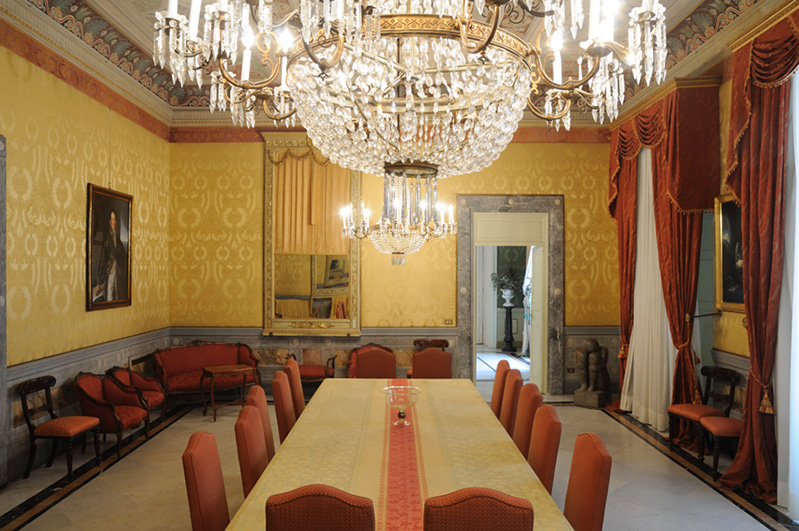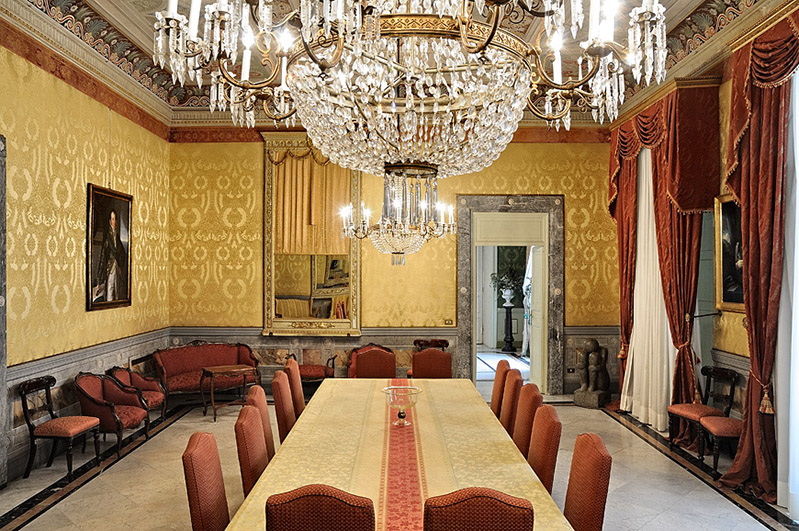ALCE review
During the time we are in the states for Photoshop World and the seminars in New York and Boston I have some guestbloggers that are helping me out in keeping you the readers interested 😀 Today it’s time for Erik Schimmel and he will give a review for a Photoshop plugin called ALCE.
After a fair bit of experience with this little known Photoshop plug-in filter, I’d like to share my thoughts. First of all I’m in no way connected to the developer of this software. I have the paid version that anyone can obtain via: http://store.bigano.com/
There are many, many ways to enhance an image in software. My preferred method is primarily working in the LAB space in Photoshop. Many years ago I bought Dan Margulis book, Photoshop LAB Color: The Canyon Conundrum and Other Adventures in the Most Powerful Colorspace. Since then I’ve been working more and more in LAB. There are quite a few things one can achieve in LAB that are near impossible in RGB color mode. For anyone who wants to improve their editing and take a new approach to color correction and control, knowledge of the LAB colorspace is a very useful thing to master.
The ALCE plug-in discussed here also uses the LAB colorspace to do itʼs magic.
The filter is basically a one trick pony, but it does it very well. In addition to a single image workflow there is also a batch setting, which obviously can be a real time saver for editing similar images.
So, what does it do?
ALCE is designed to give control over local contrast(LC) in an image. Adding an amount of LC to a photo will improve perceived sharpness and add more depth and dimension. LC can give an image some extra punch without clipping or color shifts. Most pictures will see an improvement after a well implemented dose of LC enhancement.
There are plenty of methods to achieve this, for instance Photoshop’s Unsharp Masking filter with a High Radius (250px) and a Low Amount (10 to 15%) will very effectively reduce haze and add clarity to a picture. In addition there are many other filters and plug inʼs that do basically the same.
ALCE uses a different and more refined algorithm to achieve itʼs purpose. It also incorporates masks to soften transition areas. And it gives the user more control over the output. The resulting effect is very effective and pleasing. It definitely adds a certain depth and three dimensionality to an image, without halos or harsh artifacts. ALCE creates a new layer, so additional fine tuning can easily be made with a mask. Results are best, as usual, when working with 16bit hires images. But, fear not, 8 bit JPEGʼs in s-RGB will also benefit. The filter can be applied multiple times with different settings to achieve the best possible effect. It will take some time to master the settings to your own preference.
The developers site provides several excellent tutorials on how to get the most out of the filter.
Some before and after exampies:
Settings: ALCE, radius 200 at 100% opacity+ ALCE, radius 20 at 30% opacity+ ALCE,
radius 1 at 100% opacity. Original res.3228x 3060pix. These pictures are supplied by the
developer of ALCE. Photo: Francesco Piras http://www.francescopiras.eu/
Here another example. This is a portrait of a young girl I took recently. The before version is straight out of CaptureN X2 with all set to default, the after version is withALCE set to radius 200 at 80% opacity. No further editing was done. Clearly an improvement. Obviously all the images are resized for web and in s-RGB.
Final words.
I can highly recommend this filter for itʼs ease of use and control. The price is very reasonable, 33,60 euroʼs for EEC buyers, outside the EU you donʼt pay the VAT so itʼs 28 euros.
Erik Schimmel – Image-Expeditions.com






Thank you Frank!
Is it better then this free (and easy) method:
http://www.cambridgeincolour.com/tutorials/local-contrast-enhancement.htm
Thanks again!
Do remember its not my review 😉
Great review so I took a chance and bought it … to say I was blown away would be an understatement 🙂